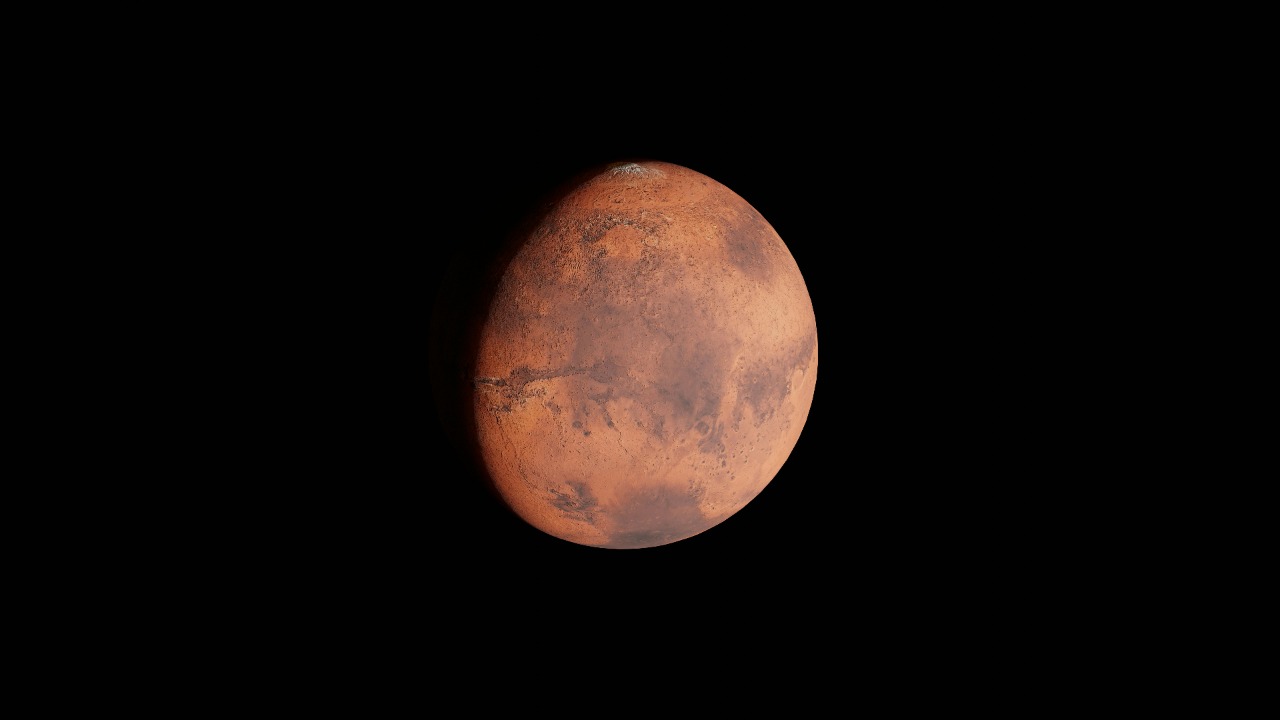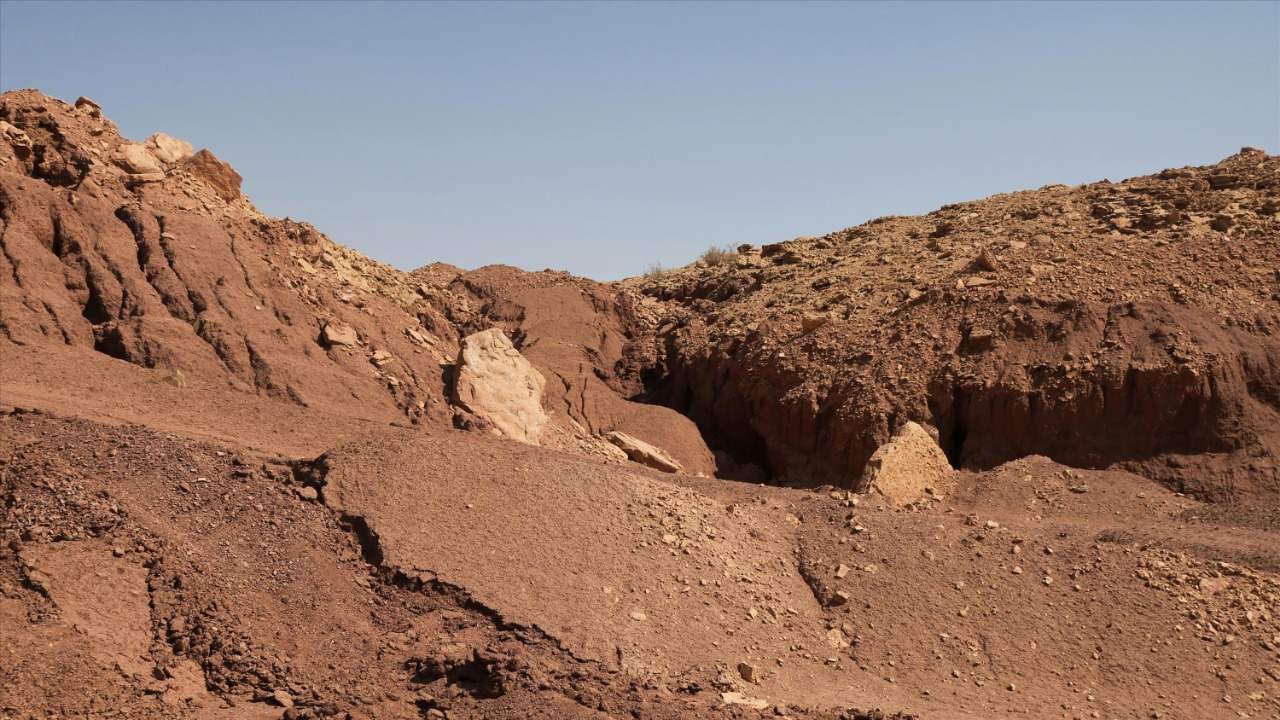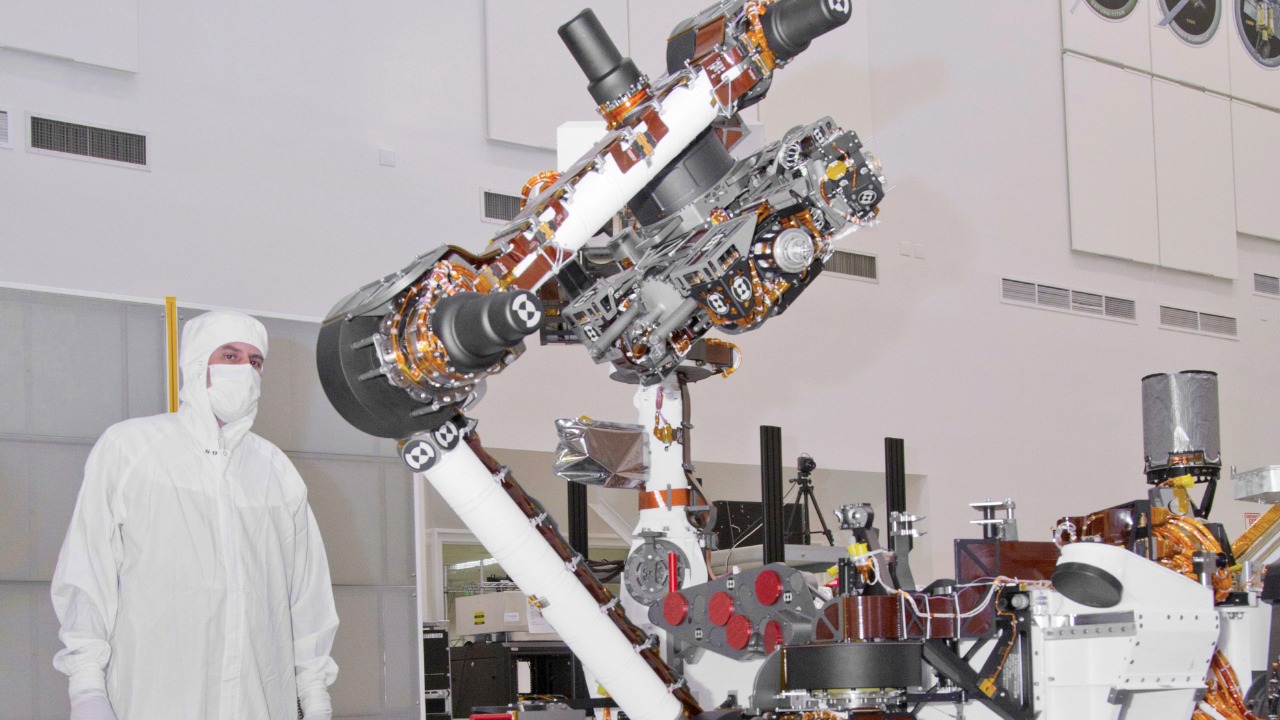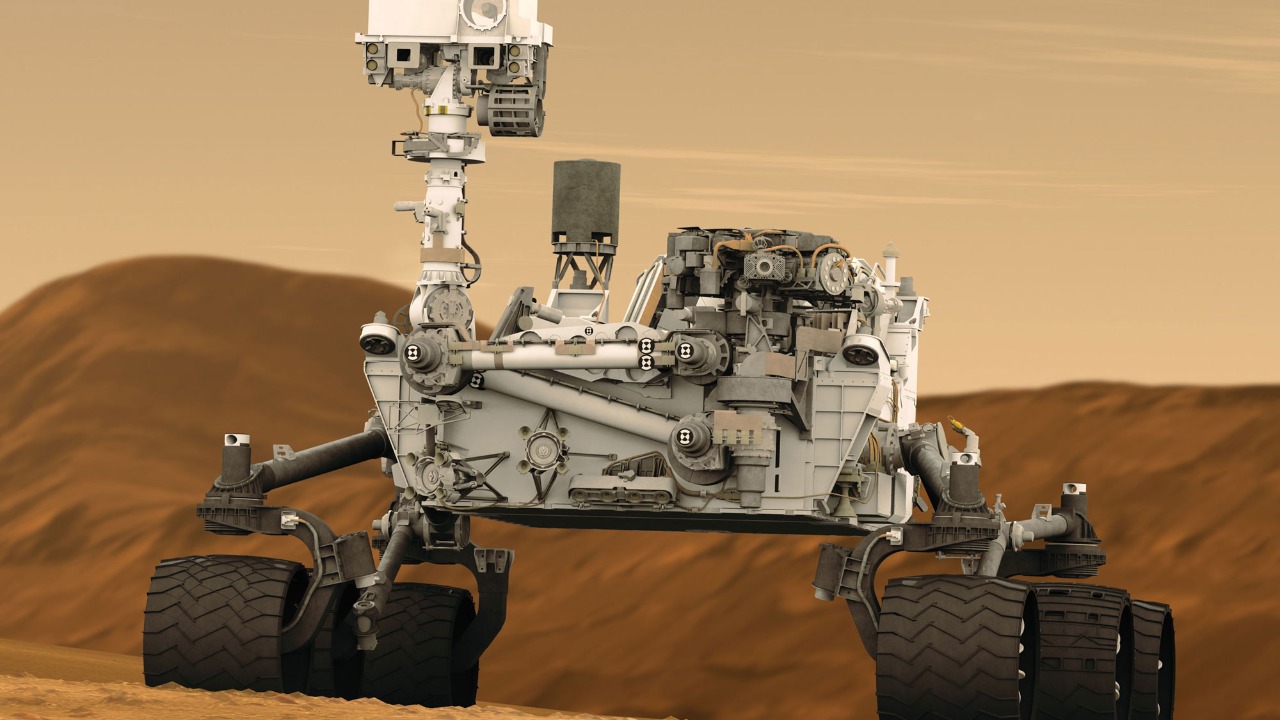
The discovery of peculiar formations resembling “dinosaur eggs” on Mars by NASA’s Curiosity Rover has sparked excitement and speculation about the possibility of ancient life on the Red Planet. While these formations are not actual dinosaur eggs, their unusual appearance has prompted scientists to investigate their origins and what they could reveal about Mars’ geological and potentially biological history.
The Discovery: Unpacking Curiosity’s Find

The strange formations recently identified by NASA’s Curiosity Rover have captivated the scientific community and the public alike. These formations, colloquially referred to as “dinosaur eggs,” are actually rock structures with a smooth, rounded exterior. They vary in size, with some as small as a marble and others comparable to a football. The intriguing shapes and textures of these formations have led scientists to draw parallels with similar geological structures found on Earth, such as those created by volcanic or sedimentary processes.
Curiosity’s mission continues to be pivotal in Martian exploration. Since its landing in 2012, the rover has been tasked with assessing Mars’ habitability and studying its climate and geology. Equipped with an array of instruments, Curiosity has previously identified ancient streambeds and mineral deposits, suggesting a time when liquid water was present on the planet. These findings have substantially contributed to our understanding of Mars, making the rover an invaluable asset in the search for clues about the planet’s past.
Scientific Implications: Clues to Ancient Mars

The geological significance of the “dinosaur egg” formations cannot be overstated. Scientists are currently exploring how these formations were created, with theories ranging from volcanic activity to sedimentary layering over millions of years. Understanding the processes that led to their formation could offer valuable insights into Mars’ past climate and environmental conditions, further informing our knowledge of the planet’s geological history.
Beyond their geological implications, these formations also hold potential clues about ancient life on Mars. If certain conditions were met, such as the presence of water and a stable climate, these structures could suggest microbial life might have once existed. On Earth, similar formations are often associated with biological activity, as seen in fossilized stromatolites formed by cyanobacteria. While there’s no direct evidence yet, the possibility remains that these Martian formations might hold secrets about the planet’s biological past.
Technological Marvel: Tools and Techniques Behind the Discovery

The Curiosity Rover is equipped with a suite of advanced tools that have enabled it to make such groundbreaking discoveries. Among its instruments is the Mars Hand Lens Imager (MAHLI), which provides high-resolution images of rock textures and structures. Additionally, the rover’s Chemistry and Camera (ChemCam) instrument uses laser-induced breakdown spectroscopy to analyze the composition of Martian rocks. These technologies, along with others like the Sample Analysis at Mars (SAM) suite, have been crucial in identifying and analyzing the “dinosaur egg” formations.
Operating in the harsh Martian environment poses significant challenges for any robotic explorer. The extreme temperatures, dust storms, and rugged terrain require innovative solutions to ensure the rover’s functionality. Over the years, advancements in remote sensing and imaging technologies have enhanced Curiosity’s capabilities, allowing it to conduct detailed scientific research despite the hostile conditions. These innovations continue to push the boundaries of what is possible in space exploration.
Broader Context: Mars Exploration and the Search for Life

Mars exploration has a rich history, with numerous missions contributing to our understanding of the Red Planet. From the Mariner flybys in the 1960s to the more recent Perseverance Rover, each mission has brought us closer to unraveling Mars’ mysteries. Upcoming missions, such as the European Space Agency’s ExoMars, aim to further explore the potential for past life on Mars and study its surface in unprecedented detail.
The discovery of signs of past life on Mars would be a monumental breakthrough, reshaping our understanding of life’s existence in the universe. It would raise profound ethical and philosophical questions about our place in the cosmos and the potential for life beyond Earth. As we continue to explore Mars, the possibility of uncovering evidence of ancient life remains a tantalizing prospect.
Public Perception and Media Coverage

Media coverage of the “dinosaur egg” formations has been both extensive and varied, often blending scientific facts with sensationalized headlines. While such coverage can boost public interest, it also highlights the tension between sensationalism and scientific reporting. It is crucial for media outlets to provide accurate and nuanced portrayals of such discoveries to foster a well-informed public.
Engaging the public in space exploration is vital for securing ongoing support and funding for future missions. Educational initiatives that promote a greater understanding of space science can inspire the next generation of scientists and engineers. Public interest not only drives exploration efforts but also ensures that the quest for knowledge continues to thrive.
In summary, the discovery of these peculiar Martian formations by the Curiosity Rover opens new avenues for scientific inquiry and exploration. As we delve deeper into understanding Mars’ geological history and the potential for ancient life, the rover’s findings remind us of the infinite possibilities that await in the vastness of space.